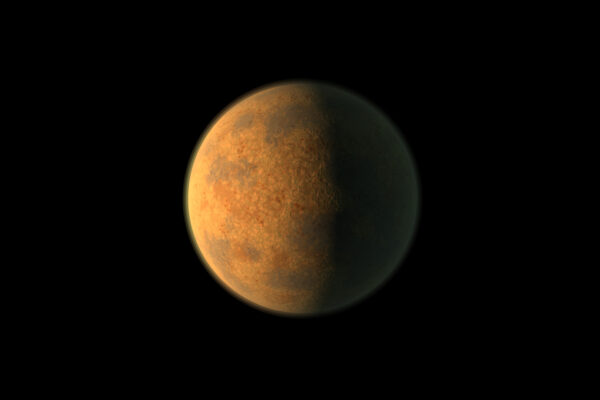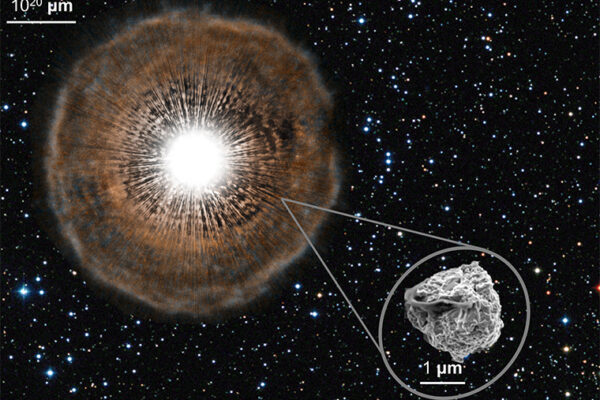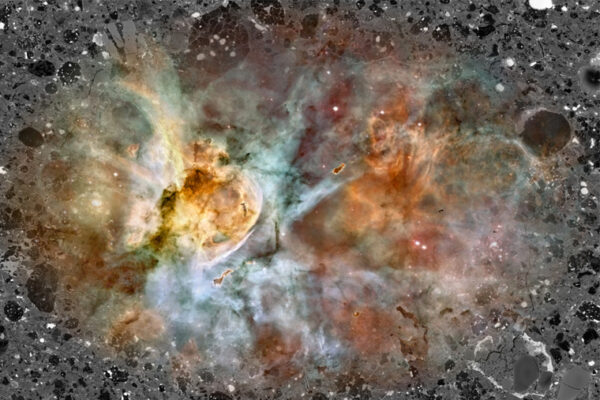
Our knowledge of the solar system has exploded since Sputnik went up in 1957. How much was known when you were young?
When I was a boy, we hardly knew anything. What we knew would fit between the covers of a “How and Why Wonder Book of Planets” or, in my case, a book in the “Exploring” series by writer Roy Gallant. We knew how many planets there were and how big they were and that they had moons, but it was all very mysterious. I really wanted to find out about them.
Did they know how many moons Jupiter had, or Saturn?
Well, astronomers discovered the big moons early on. Then, one by one, smaller moons would be picked up by telescopes. And we keep finding new ones. Let’s consult the oracle. . . the font of all knowledge. . . the Wikipedia.
(pause)
We’re up to 67.

Good grief.
My thesis was on the physics of impact craters, the ones on our moon and, to some extent, Mars and Mercury. But the Voyager missions were launched while I was in graduate school. I had a postdoctoral research appointment with one of the Voyager imaging team scientists when the spacecraft reached the icy moons of Jupiter in 1979, and we saw them for the first time.
So then I decided that instead of studying impact craters in rock, I’d study impact craters in ice.
But then the bodies themselves became interesting. The Voyagers reached Saturn in 1980 and 1981, and Voyager 2 went on to Uranus in 1986 and Neptune in 1989. So it was a moveable feast.
The sheer strangeness of these places, which became real worlds once we could see them, was fascinating to me. So I left the inner worlds of the moon and Mars behind.
There’s more people working on Mars than on any other solar system body. It’s just like being on the Earth, these days. And somebody has to pay attention to stuff beyond the ice line.
(pause)
I’m teasing.
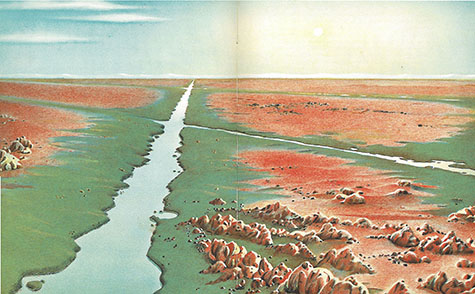
The ice line?
The line that marks the border of the region far enough from the sun that water ice remains stable on a planet or satellite’s surface.
What would you put in a ‘How and Why Wonder Book of Icy Satellites?’
In 2005, the Cassini spacecraft made images of Enceladus, a tiny moon orbiting Saturn, that showed enormous plumes of icy particles shooting 100 kilometers into space. It was fabulous.
The plumes were coming from four fissures at the moon’s south pole, nicknamed tiger stripes.
When we looked at Enceladus with heat-seeking eyes, we saw there is a hot spot right at the south pole and then, in closeups, that the heat anomaly follows the tiger stripes.
Where does the energy come from?
As it goes round Saturn, Enceladus is goosed gravitationally by a nearby moon called Dione and this bumps up the eccentricity of its orbit, its out-of-roundness. But as the orbit gets more out of round, tides bend the body back and forth.
It’s like bending a paper clip back and forth. The paper clip will get so hot it will burn your fingers.
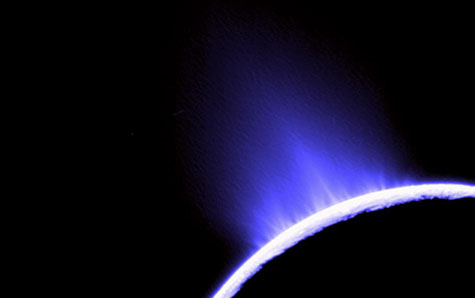
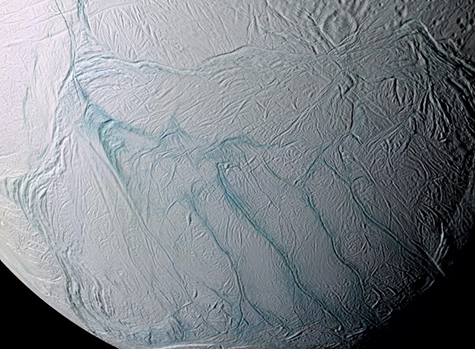
Is it hot enough along the stripes to melt the ice?
The spectrum of the hottest portions of the tiger stripes corresponds to a temperature of 200 Kelvin (-100 °F), which is still below the magic number (273 Kelvin, or 32 °F, at 1 bar of pressure).
But there is probably antifreeze in the water that lowers the melting temperature. Cassini flew through the plumes to sample them and detected ammonia, methanol and salts, which together may permit the existence of liquid water at temperatures as low as 176 Kelvin (-143 °F). So, yes, ice would melt.
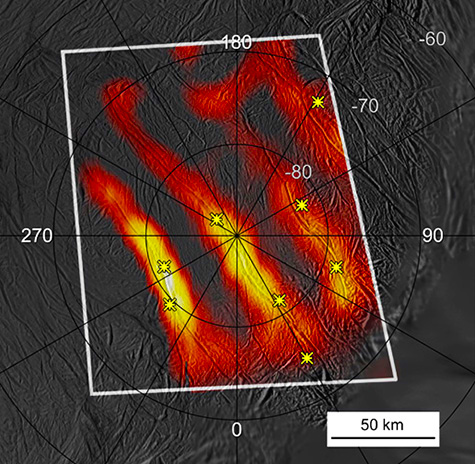
So there’s a subsurface ocean on Enceladus feeding the geysers?
Probably at least a sea under the south pole.
But other ice worlds like Jupiter’s moon Europa have a global ocean.
Last December, scientists announced that the Hubble Space Telescope had spotted two plumes like those on Enceladus coming from Europa’s southern hemisphere. These plumes rise to an altitude of about 200 kilometers (125 miles) and then probably rain back as frost. They are pushing out 10 times more water than the plumes on Enceladus.
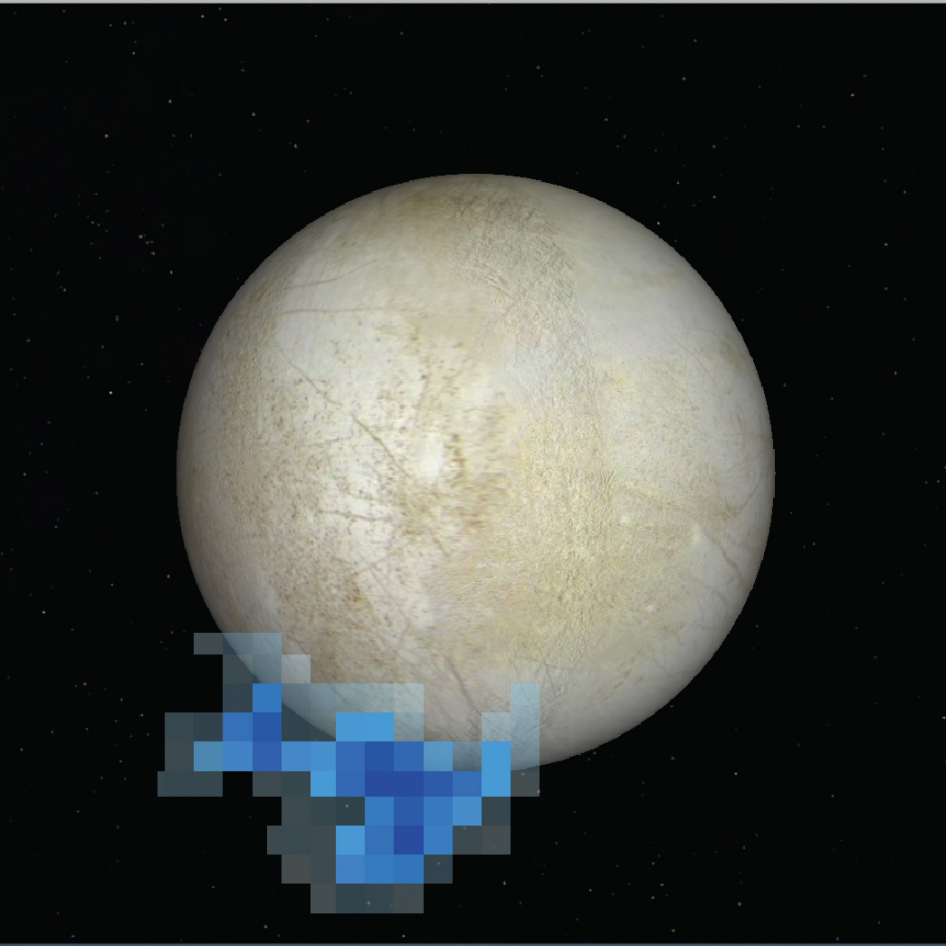
And where there’s water there’s life?
We’d like to find out. We don’t have any signature of life, but these are the kinds of environments where you might imagine simple life could start — assuming we really knew how life started anywhere.
I am involved with the joint NASA-ESA radar team on a European Space Agency (ESA) mission to Jupiter that has just started. We hope to sound the depths of the icy shells of Europa and Ganymede, to see “what lies beneath.”
We won’t get to Jupiter until 2030, however. You have to be patient when exploring the outer solar system.
What would you put in the ‘How and Why Wonder Book of Impact Craters’?
The most interesting ones are the biggest ones, because the biggest ones affect whole planets, or the sides of planets, and they’re very revealing structurally.
They’re not just holes in the ground. They have broad, flat floors and concentric rings of peaks, which is really neat, because the whole structure of the planet is involved in their formation.
The impact is kind of a probe of the planet, and the planet’s response tells you a lot about it. So a solid, cold planet will act differently from a layered planet that has cold ice on top, a layer of warm ice, and then an ocean below.
On the moon, there’s a crater with a beautiful three-ring structure, called the Orientale Basin. But on the icy satellites, you might get 10 rings or 20 rings spaced out away from the impact site.
I can’t prove this yet, but I think the multi-multi-ring basins on the ice moons of Jupiter may be the signatures of underlying oceans.
Not that people need more proof …
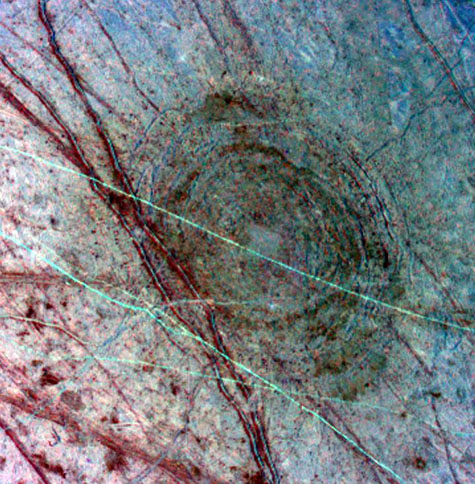
They don’t?
In Europa’s case, and the cases of the other big moons, we have gravity measurements and magnetic field measurements that tell us there’s a layer of somewhat salty water below the ice that’s conducting electric currents. So it’s got to be water there. It could be aluminum foil, but more than likely it’s water.
(laughter)
I would put a shrinking planet in a ‘How and Why Wonder Book.’ I read your editorial about Mercury in this week’s Nature Geoscience.
All planets and satellites, including the Earth, must ultimately cool and shrink over time, unless their internal engines are somehow renewed, for example by tidal heating. Mercury is an extreme case because it has an enormous iron core.
A portion of the core must be liquid because Mercury has a magnetic field and you need a convecting, conductive fluid to generate a magnetic field.
But because solid iron takes up less space than liquid iron, as Mercury cools, it loses more volume than a cooling planet without such a core.
And because Mercury’s crust, unlike the Earth’s, is a single shell, the only way it can accommodate that much shrinkage is by faulting.
A global map of the planet’s faults and ‘wrinkles’ led scientists to conclude that Mercury has shrunk three or four times more than they had thought based on less complete measurements made in the 1970s.
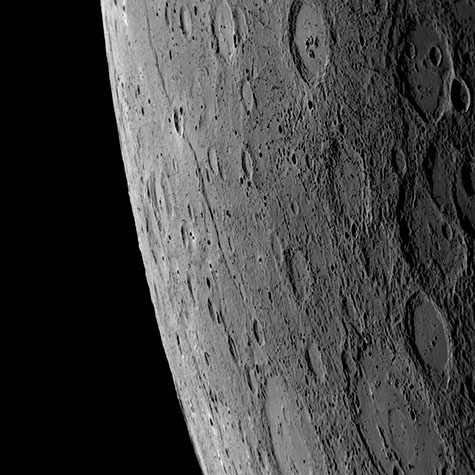
Isn’t Mercury on the wrong side of the ice line for you?
Yes, but I would still put it in a “How and Why Wonder Book,” together with rivers and lakes of liquid methane on Saturn’s moon Titan and the ‘spiders’ on Mars (look it up!) . . .
Wonders never cease.
